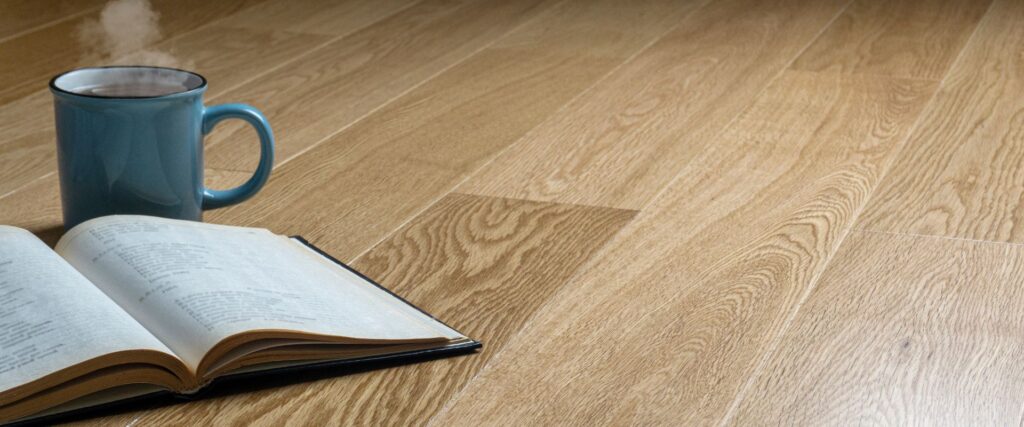Flooring is an essential aspect of any home or office. It not only serves a practical purpose but also sets the foundation for the entire space’s aesthetic appeal. However, with so many flooring options available, choosing the right one can be a daunting task. At LKV Flooring we like to help our customers but providing education on the differences between glue-down and floating timber flooring installations, to help you make an informed decision.
Choosing the right flooring for your space can be a significant investment that affects both the look and feel of your home or office. However, with so many options available, it can be hard to know where to start. Two of the most popular choices for timber flooring installations are glue-down and floating. In this article, we’ll take a closer look at both options to help you make an informed decision that best suits your specific needs.
How Glue-Down Installation Works
Glue-down installation is a process that involves adhering each plank of timber directly to the subfloor using a strong adhesive. This method creates a seamless and stable finish that feels more like a traditional timber floor. The process involves preparing the subfloor, applying the adhesive, laying the timber planks, and allowing them to dry in place.
Benefits of Glue-Down Installation
There are many benefits to choosing glue-down installation for your timber flooring. One of the biggest advantages is the stability it provides. Since each plank directly adheres to the subfloor, there is minimal movement or shifting over time, creating a more solid and stable feel. Additionally, the glue-down method provides a seamless finish that creates a more traditional look and feels. This method can also help reduce noise, as the adhesive acts as a sound barrier between the timber and the subfloor.
Drawbacks of Glue-Down Installation
While there are many benefits to glue-down installation, there are also some potential drawbacks to consider. The process can be time-consuming, as each plank must be individually glued down. Additionally, the adhesive used is permanent, making it challenging to remove or replace planks if necessary. Finally, if the subfloor is uneven or has any damage, the adhesive may not bond correctly, causing potential issues with the installation.
How Floating Installation Works
Floating installation is another popular method of timber flooring installation. This process involves laying the timber planks over an underlay and connecting them together using a tongue-and-groove system. The planks are not attached to the subfloor and instead “float” on top of the underlay.
Benefits of Floating Installation
One of the biggest advantages of floating installation is the ease of installation. Since the planks are not directly attached to the subfloor, the process is relatively quick and straightforward. Additionally, floating installations are versatile and can be installed over a variety of subfloor types. Finally, floating installation can be more cost-effective than glue-down installation.
Drawbacks of Floating Installation
While there are many benefits to floating installation, there are also some potential drawbacks to consider. One potential issue is that floating installations can be less stable than glue-down installations over time. This can cause issues with buckling or shifting of the planks. Additionally, since the planks are not directly attached to the subfloor, there can be a slightly hollow sound when walking on the floor.
Making the Right Choice
Choosing between glue-down and floating timber flooring installations can be a difficult decision. However, there are a few key factors to consider that can help you make an informed choice. First, consider the size and shape of the room. If the room is large or has irregular shapes, glue-down installation may be a better option as it provides a more stable finish. Second, consider the subfloor type. If the subfloor is uneven or damaged, glue-down installation may be a better choice. Finally, consider your personal preferences and needs. If you are looking for a cost-effective option that can be easily installed, floating installation may be the better choice.
